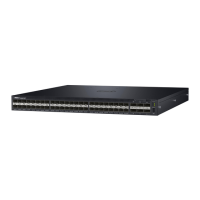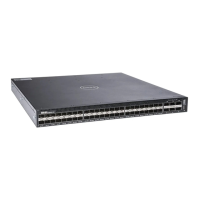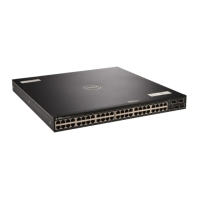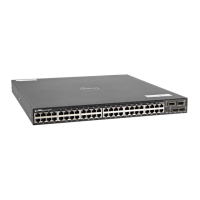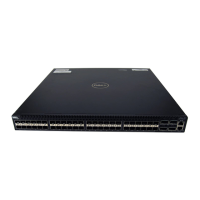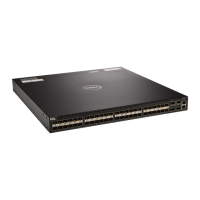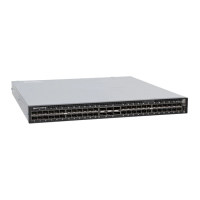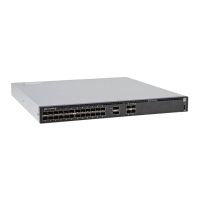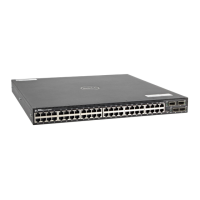Hitless Behavior
Hitless is a protocol-based system behavior that makes a stack unit failover on the local system transparent to
remote systems. The system synchronizes protocol information on the Management and Standby stack units
such that, in the event of a stack unit failover, it is not necessary to notify the remote systems of a local state
change.
Hitless behavior is defined in the context of a stack unit failover only.
• Only failovers via the CLI are hitless. The system is not hitless in any other scenario.
Hitless protocols are compatible with other hitless and graceful restart protocols. For example, if hitless open
shortest path first (OSPF) is configured over hitless the link aggregation control protocol (LACP) link
aggregation groups (LAGs), both features work seamlessly to deliver a hitless OSPF-LACP result. However, to
achieve a hitless end result, if the hitless behavior involves multiple protocols, all protocols must be hitless.
For example, if OSPF is hitless but bidirectional forwarding detection (BFD) is not, OSPF operates hitlessly and
BFD flaps upon an RPM failover.
The following protocols are hitless:
• Link aggregation control protocol.
• Spanning tree protocol. Refer to Configuring Spanning Trees as Hitless.
Graceful Restart
Graceful restart (also known as non-stop forwarding) is a protocol-based mechanism that preserves the
forwarding table of the restarting router and its neighbors for a specified period to minimize the loss of
packets. A graceful-restart router does not immediately assume that a neighbor is permanently down and so
does not trigger a topology change. Packet loss is non-zero, but trivial, and so is still called hitless.
Dell Networking OS supports graceful restart for the following protocols:
• Border gateway
• Open shortest path first
• Protocol independent multicast — sparse mode
• Intermediate system to intermediate system
High Availability (HA) 422
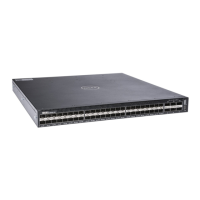
